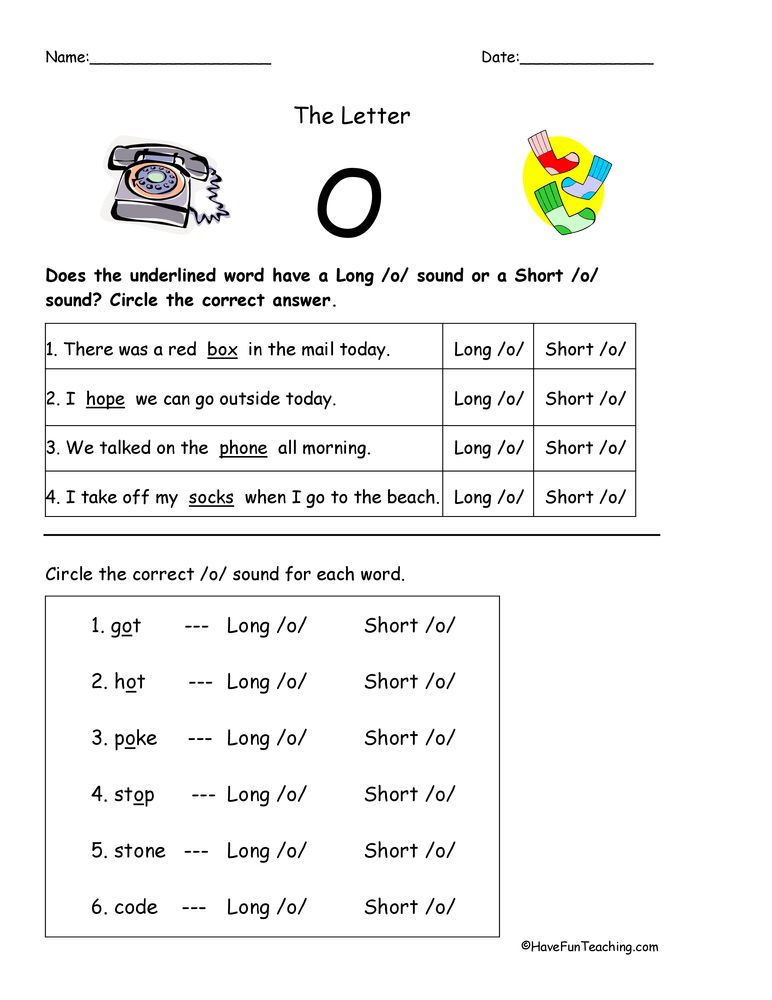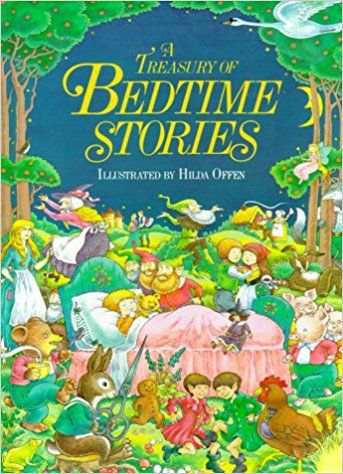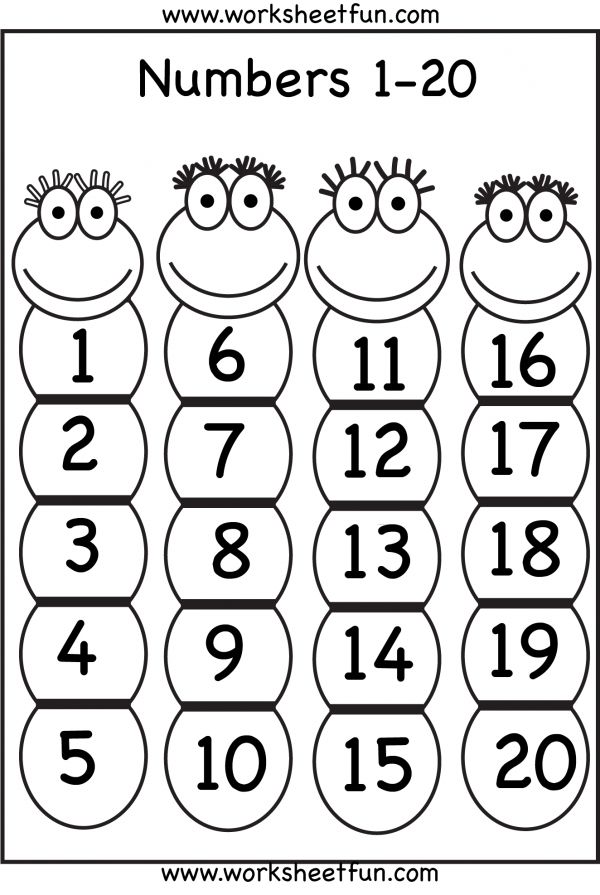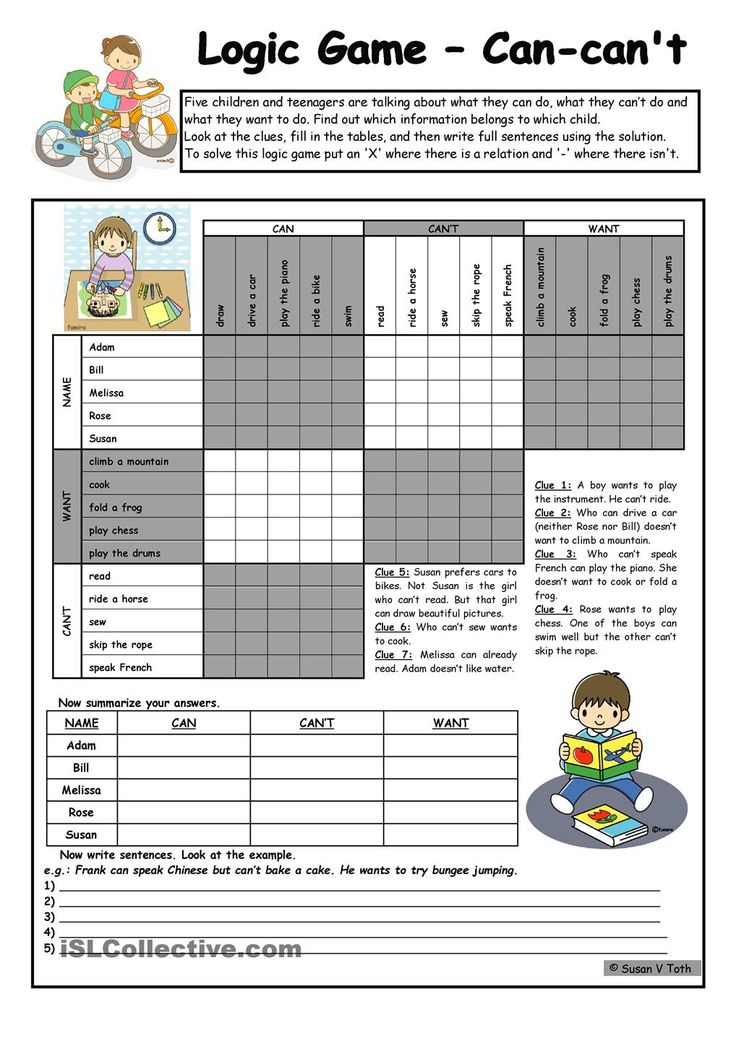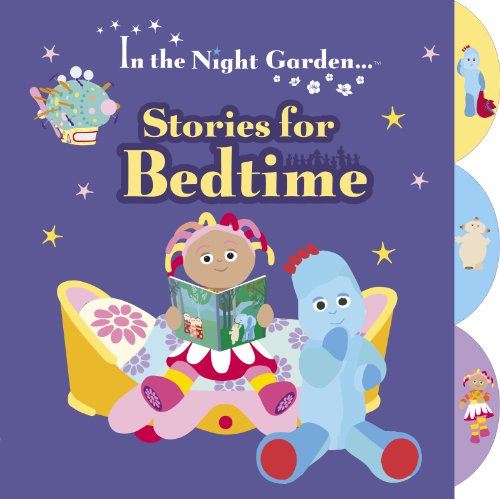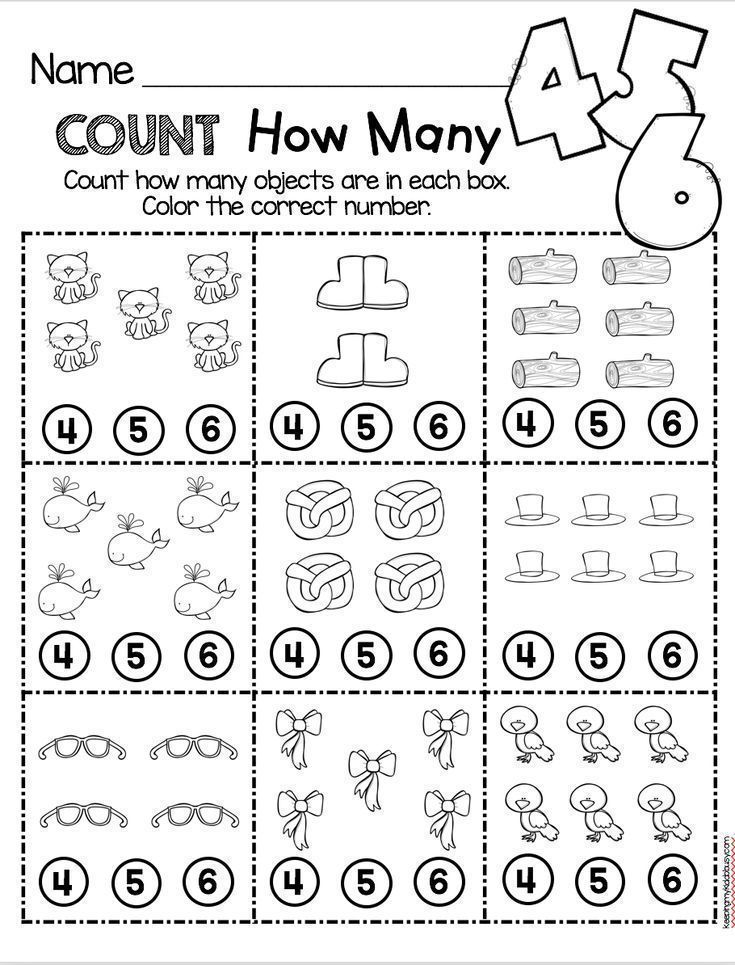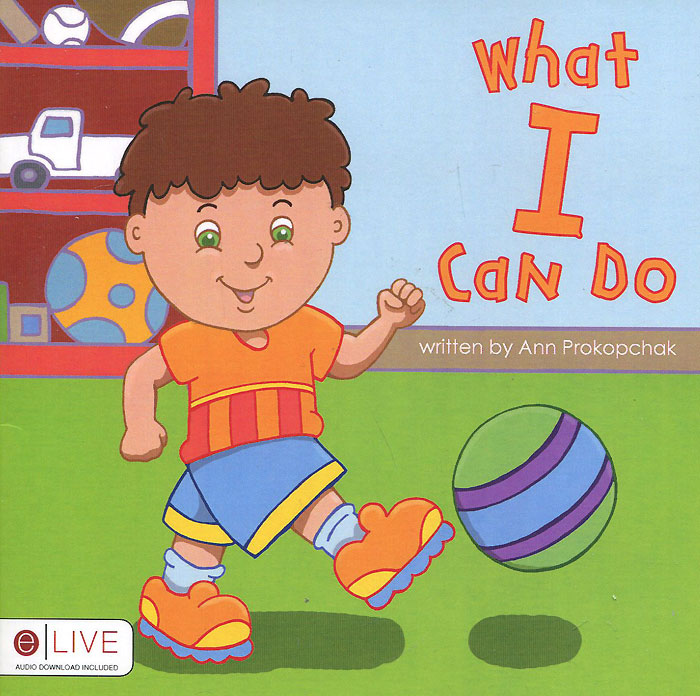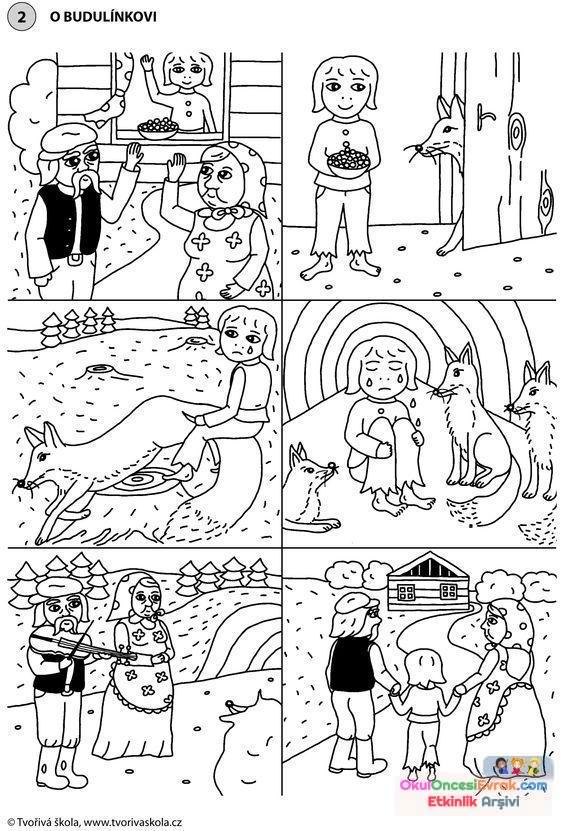Teaching long vowel sounds lesson plans
13 Awesome Ways To Teach Long Vowel Sounds
Long vowel sounds can be confusing for young readers and writers, because of the multiple ways of spelling them. But practicing long vowel sounds doesn’t have to lead to long faces.
Start with the basics. Introduce the vowels one at a time. Once students are familiar with the vowels, you can introduce various spellings. Try this simple 6-step process.
- Say three words with a long vowel sound. (I’ll use A as an example.) Lake, pail, hay
- Ask: What vowel sound do you hear? Students should recognize the long vowel sound you are working with.
- Write each of the words you said on the board—lake, pail, hay.
- Underline the long A digraph— lake, pail, hay.
- Explain that there are different ways to spell the long A sound.
- Ask if students can think of other words with the long A sound. Write them on the board, grouping them with the correct spelling pattern.
Once you go over the basics, there are a lot of activities and games to keep practice fun!
13 ways to practice long vowel sounds
Use these phonics activities and games focused on long vowel sounds for small group work, a literacy station, independent work, or homework to consolidate skills.
1. Match up
Give students pages with images that show words with long vowel sounds and the words themselves. Have students draw a line to match the word and image that go together.
2. Sort the words
Give students a set of word cards, or give them a sheet with all the words and have them cut out the words. Then have them sort the words based on how the long vowel sound is spelled. They can do this by putting cards with the same long vowel spelling together.
Another way to sort words, which gives students more practice writing the words is to have them sort into a grid. Create a grid with the different spellings at the top. For example for long E you would write:
e ea ee ey y
You can print these on a worksheet or set up individual white boards. Give students a list of words and have them write the words in the correct section.
Give students a list of words and have them write the words in the correct section.
3. Draw the words
Divide a paper into 4–8 boxes. Print one word from your long vowel word list in each box, leaving plenty of room for a drawing. Then ask students to draw a picture to represent each word. If any pictures seem way off the mark, ask students to tell you about the picture to make sure they understand the word.
4. Draw and match
Read each word aloud and give students time to draw the words. Then give them a sheet with all the words listed. Have them cut each word and glue it next to the correct picture.
5. Choose the correct spelling
Write two or more spellings for words with a long vowel sound on the board. For example, write:
rane rain rayn
Ask a student to circle the correct spelling. Repeat with another set of words. As you find correct spellings, you can also sort them according to how the long vowel sound is spelled.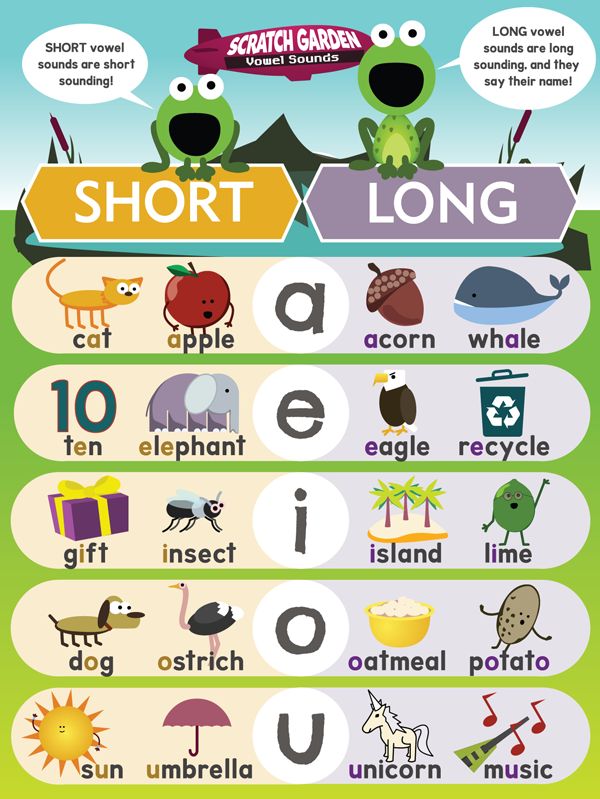
6. Complete the word
Say one of your long vowel words. If you’re working on long O, try this list: old, gold, domino, broken, boat, goat, coat, soap, loaf, snow, bow, arrow, pillows, bone, rose, globe, hose, home, toes, Joe.
Write the word without the long O digraph. Have students complete the word. They can do this on the board, paper, or individual whiteboards. I like using individual whiteboards, because it is easy to scan to see if students are struggling.
7. Word hunt
Create a word search using the long vowel words you have reviewed. Online word search creators make it easy—just enter the words you want to use and the tool will generate a word search for you.
8. Read and write
Make a worksheet of a short list of long vowel words you want your students to practice. Have students read the words, underlining each sound as they say it. Then have them say each sound as they write it. Finally, have them write and say the full word.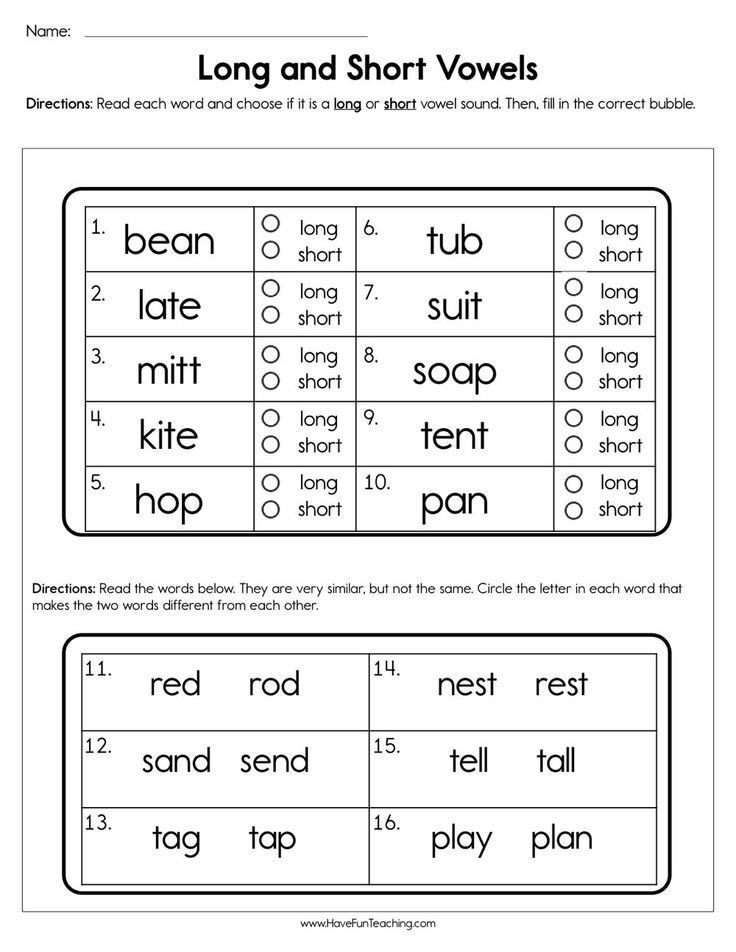
9. Finish the sentences
Write several sentences, each with a blank for the missing word. Students should complete each sentence with one of the words from your long vowel word list.
10. Fluency board
Create a fluency board using long vowel words. Time your students for 30 seconds and see how many words they can read in that time. If they finish reading the board, then they read it again until the time is up. Get them to record how many words they read in the time.
11. Sound bingo
This is a great alternative to spelling tests! Create a bingo board with alternate spellings of the long vowel sound you are working on. Then as you read your long vowel words, students write them in the correct box. Once they get a full row, column, or diagonal they get a Bingo!
12. Round and round word sort
This game is for a small group. One student chooses a long vowel word from your list and writes it on their whiteboard or paper. The next student chooses another word that has the same spelling pattern for the long vowel. So if the first student said bike, the second student could say line. Each student should say and write the word. When students have no more words for a particular pattern, the next student starts with a new word with a different spelling of the long vowel.
The next student chooses another word that has the same spelling pattern for the long vowel. So if the first student said bike, the second student could say line. Each student should say and write the word. When students have no more words for a particular pattern, the next student starts with a new word with a different spelling of the long vowel.
13. Unjumble the words
This is a good activity when students are familiar with your words. Scramble the words and have students write the word correctly. Unjumble the words worksheets are great for independent work, phonics or literacy stations, or homework. For a whole class activity, try writing a jumbled word on the board and having students unjumble it onto their own whiteboard.
Many of these activities can be done on the board as a whole class activity or with individual whiteboards. You can create bingo boards or worksheets with jumbled words or fill in the blank sentences. But there’s an easier way. I’ve put together activity packs for all the long vowel sounds: long A, long E, long I, long O, and long U. Each pack comes with posters and word wall cards, plus 10 activities and 3 games—all ready to print, copy, and laminate as needed.
I’ve put together activity packs for all the long vowel sounds: long A, long E, long I, long O, and long U. Each pack comes with posters and word wall cards, plus 10 activities and 3 games—all ready to print, copy, and laminate as needed.
If you’re after more phonics activities, The Complete Phonics Kit has you covered. You get:
- All the long vowel sounds kits
- 8 CVC word activity and game sets
- 2 sets of consonant blend cootie catchers
- 10 digraph activity sets
- 2 sets of one sound many spelling cootie catchers
- 3 sets of one sound many spelling phonics games
- Writing prompts
In all, you get more than 1100 pages of activities and games to support you in teaching phonics!
The Complete Phonics kit is ready for download—get yours here now!
https://topnotchteaching.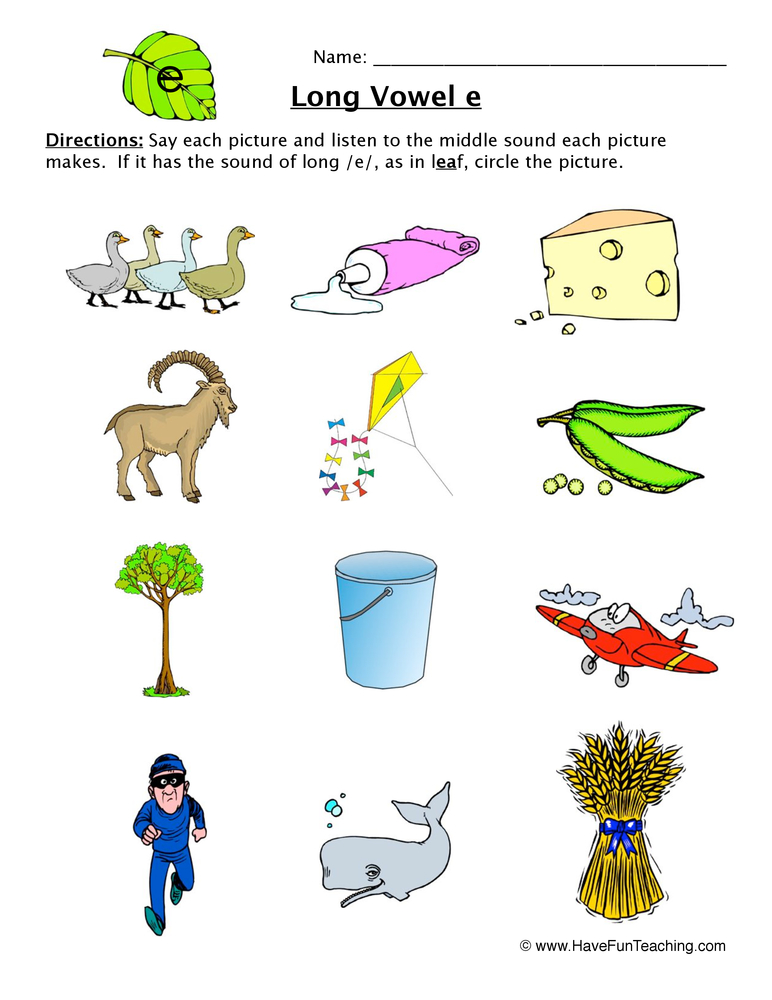 com/downloads/phonics-kit/
com/downloads/phonics-kit/
Long Vowel - Silent e Lesson Plan
Objectives:
- Students will recognize and pronounce words that follow the c-v-c-e and v-c-e rule where the first vowel is a long vowel and the final e is silent.
- Students will be able to spell and write simple long vowel words with c-v-c-e and v-c-e spelling patterns.
About the Concept:
There are several regular long vowel spelling patterns in the English language. The c-v-c-e pattern (consonant-vowel-consonant-final e) is a long vowel spelling pattern which occurs quite frequently in early reading and spelling. Basically, the phonics rule for this pattern states that when a vowel and a final e are separated by a single consonant, the first vowel is long and the final e is silent. Some words that follow this rule are cake, scene, kite, hope, and rude.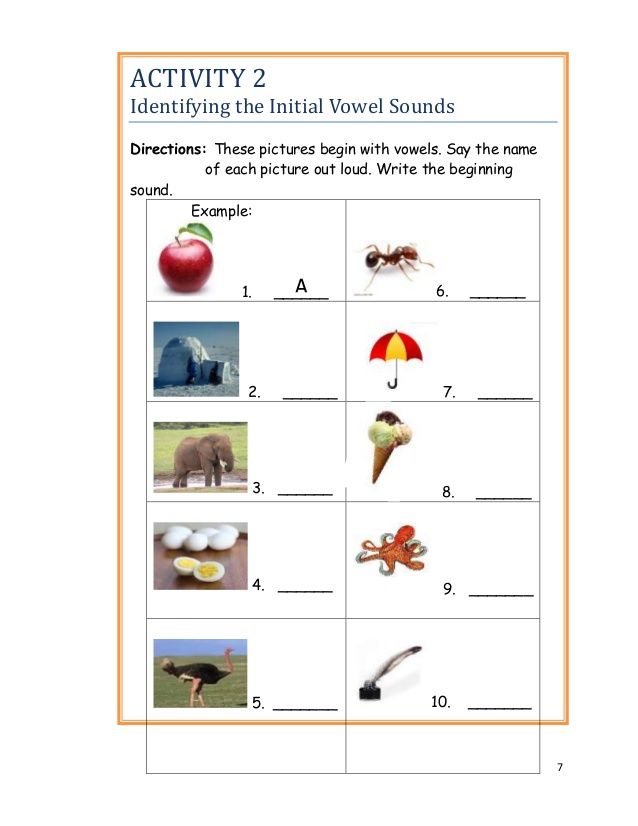 The c-v-c-e pattern occurs most frequently when the long vowel is a, i, and o and less frequently when the first vowel is e or u. The song Silent e (Sing Your Way Through Phonics Volume 1) teaches children how the vowel sound can change from a short vowel sound to a long vowel sound when a silent e is added to the end of a word. For example the short i in hid changes to a long i in hide, the short o in hop changes to the long o in hope, the short u in cut changes to the long u in cute, and the short a in cap changes to the long a in cape. By continually alternating between the rule and examples of the rule, the song Silent e helps students apply the long vowel -silent e rule in their reading and writing.
The c-v-c-e pattern occurs most frequently when the long vowel is a, i, and o and less frequently when the first vowel is e or u. The song Silent e (Sing Your Way Through Phonics Volume 1) teaches children how the vowel sound can change from a short vowel sound to a long vowel sound when a silent e is added to the end of a word. For example the short i in hid changes to a long i in hide, the short o in hop changes to the long o in hope, the short u in cut changes to the long u in cute, and the short a in cap changes to the long a in cape. By continually alternating between the rule and examples of the rule, the song Silent e helps students apply the long vowel -silent e rule in their reading and writing. Other long vowel spelling patterns are covered in the Sing Your Way Through Phonics Vol. 2 song, Spelling Choices. Be sure to read the “Extensions” section below for additional silent e activities and for additional words with c-v-c-e patterns.
Other long vowel spelling patterns are covered in the Sing Your Way Through Phonics Vol. 2 song, Spelling Choices. Be sure to read the “Extensions” section below for additional silent e activities and for additional words with c-v-c-e patterns.
Materials:
- Sing Your Way Through Phonics Volume 1 CD, Tracks 17 and 18 (Listen to audio sample)
- Sing Your Way Through Phonics Volume 1 Mini-Charts (pp. 74-85)
- Optional: Flip Chart, markers, sticky notes
- Optional: card stock, markers, index cards
Note: If you do not have the CD or Mini-Charts, you can still teach this long vowel - silent e spelling pattern lesson plan using the folk tune listed on the Silent e Song Lyrics page. You can create your own mini-charts using the words in bold print letters in each verse of the Song Lyrics.
Find out more about Sing Your Way Through Phonics products.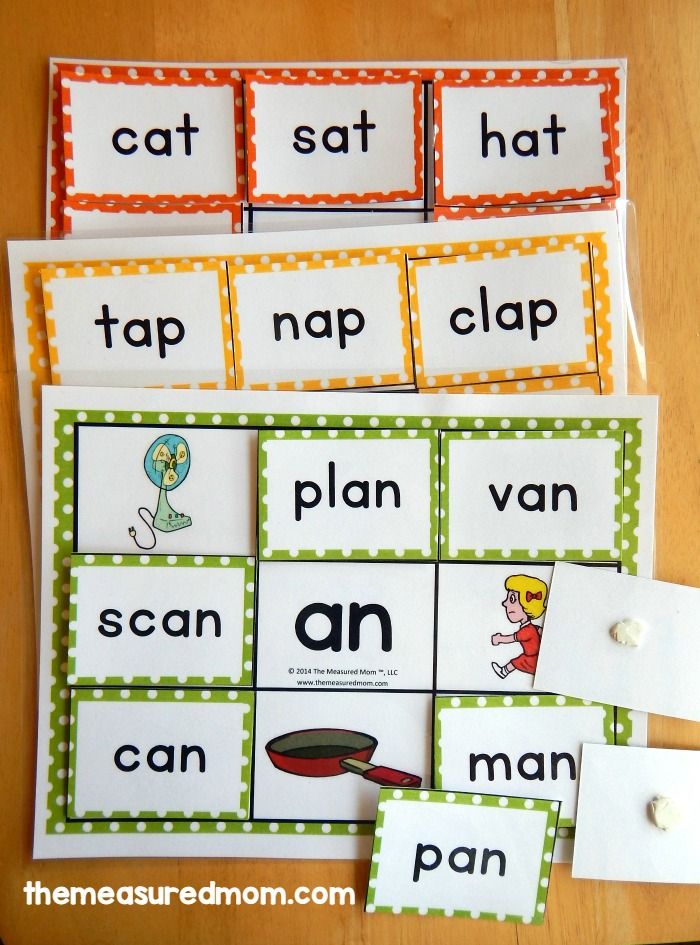
Order our cost-saving Volume 1 Combo online.
Procedure:
- Say, “Today, we are going to learn what happens when we put the letter e on the end of a short vowel word. Point to Sing Your Way Through Phonics Vol. 1 Mini-Chart p. 74 and say, "What is the first word on this page?" (rid) "How does the vowel sound in the word rid?" (/ĭ/) "Is the vowel in the word rid long or short?" (short) "How does the word on the bottom look different?" (It has an e on the end.) "When you add a final e to the word rid, it becomes ride. Is the vowel in the word ride long or short?" (long) How does the vowel sound in the word ride? (/ī/) Point to Mini-Chart p. 75 and say, "What is the first word on this page? (hid) How does the vowel sound in the word hid? (/ĭ/) Is the vowel in the word hid long or short? (short) How does the word on the bottom look different? (It has an e on the end.
 ) When you add a final e to the word hid, it becomes hide. Is the vowel in the word hide long or short? (long) How does the vowel in the word hide sound? (/ī/)
) When you add a final e to the word hid, it becomes hide. Is the vowel in the word hide long or short? (long) How does the vowel in the word hide sound? (/ī/) - Point to Mini-Chart p. 76 and say, "What is the first word on this page?" (rod) "How does the vowel sound in the word rod?" (/ŏ/) "Is the vowel in the word rod long or short?" (short) "When you add a final e to the word rod, it becomes rode. Is the vowel in the word rode long or short?" (long) How does the vowel sound in the word rode? (/ō/) Point to Mini-Chart p. 75 and say, "What is the first word on this page? (hop) How does the vowel sound in the word hop? (/ŏ/) Is the vowel in the word hop long or short? (short) When you add a final e to the word hop, it becomes hope.
 Is the vowel in the word hope long or short? (long) How does the vowel in the word hope sound? (/o/)
Is the vowel in the word hope long or short? (long) How does the vowel in the word hope sound? (/o/) - Ask, "So what happens to the vowel when we put a final e on the end of a short vowel word?" (The short vowel becomes long and the e is silent.) Practice reading and saying the vowel sounds in the words on Mini-Chart pp. 78-85: cut /ŭ/, cute /ū/, hug /ŭ/, huge /ū/ [Note that the letter g changes its sound, too.], cap /ă/, cape /ā/, tap /ă/, tape /ā/, pin /ĭ/, pine /ī/, fin /ĭ/, fine /ī/, pan /ă/, pane /ā/, can /ă/, cane /ā/.
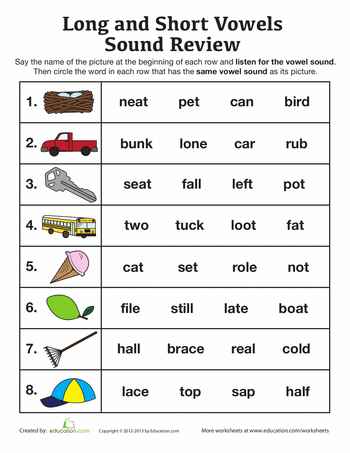
- Play Silent e (Sing Your Way Through Phonics Vol. 1 CD, Track 17), pointing to the Mini-Chart words and asking the children to join in the song as soon as they think they know the words. Joining in the song will be easy because the format remains the same for every verse. Example: "How do you change rid to ride? Silent e. How do you change hid to hide? Silent e. How do you change rid to ride? How do you change hid to hide? End the word with silent e."
- Say, "Notice that this is an question-and-answer song." Divide the class into two groups. Play CD track 17 again, alternating questions and answers between group 1 and group 2 as follows: (Group 1) How do you change rid to ride? (Group 2) Silent e.
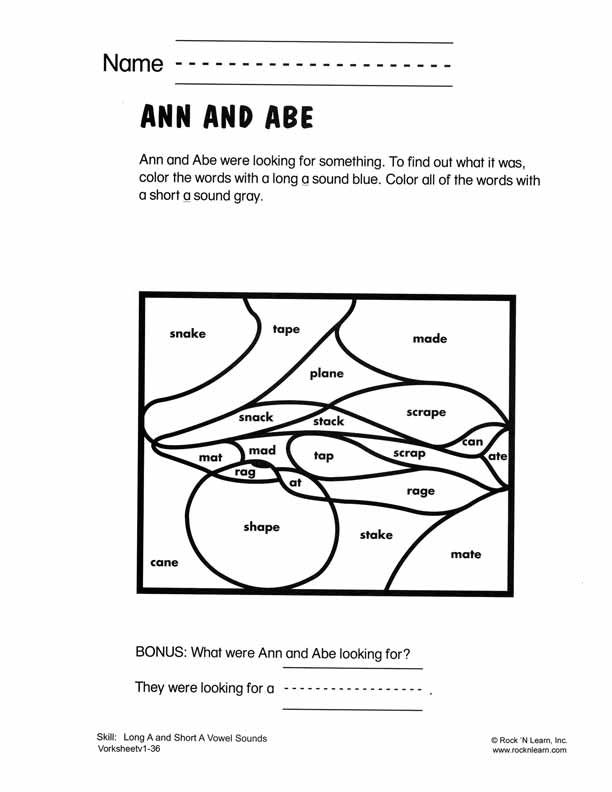 (Group 1) How do you change hid to hide?, (Group 2) Silent e. (Group 1) How do you change rid to ride? How do you change hid to hide? (Group 2) End the word with silent e. [Continue in this manner until the song is complete.]
(Group 1) How do you change hid to hide?, (Group 2) Silent e. (Group 1) How do you change rid to ride? How do you change hid to hide? (Group 2) End the word with silent e. [Continue in this manner until the song is complete.] - Play the CD again, and ask Group 1 to sing the part that Group 2 sang and vice versa.
- Review the Long Vowel - Silent e rule aloud together. "When e is added to a short vowel word, the short vowel becomes long and the final e is silent.
Follow-up:
- Practice singing Silent e daily for a week. Then try singing the song without hearing the words, using the instrumental track (Track 18). Allow different students to point to the Mini-Charts words while singing.
- Help students create other sets of c-v-c-e or c-c-v-c-e words for the song.
 Make 8 copies of Mini-Chart Template B on p.96 and allow students write in the new sets of words. Examples: sal/sale, pal/pale, quit/quite, bit/bite, not/note, tot/tote, tub/tube, cub/cube, slid/slide, bid/bide, shin/shine, spin/spine. Place these pages back-to-back in page protectors in a 3-ring binder. Then sing the song with the instrumental version (Track 18).
Make 8 copies of Mini-Chart Template B on p.96 and allow students write in the new sets of words. Examples: sal/sale, pal/pale, quit/quite, bit/bite, not/note, tot/tote, tub/tube, cub/cube, slid/slide, bid/bide, shin/shine, spin/spine. Place these pages back-to-back in page protectors in a 3-ring binder. Then sing the song with the instrumental version (Track 18). - Mark the original words and the alternate examples with symbols for short vowels, long vowels, and silent e.
Extensions:
- Introduce the Read-and-Sing Book, Silent E.
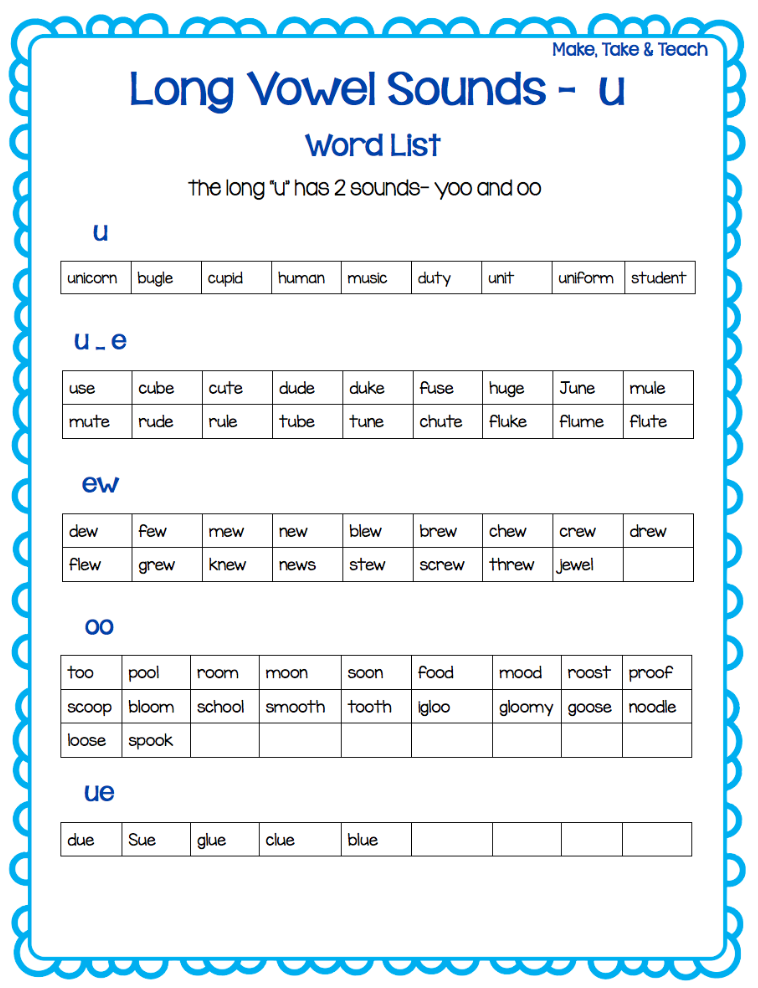 As readers sing along with the lively song set to the folktune Hinky Dinky Parlez-Vous, they can read the short vowel words and predict the long vowel words before they turn the page to verify their guesses. In this book, characters are in the business of painting signs. At first, only part of the word on the sign is visible. When the page is turned, the complete word is visible. The partial word has a short vowel sound which changes to a long vowel sound when whole word is painted. Children can learn about additional long vowel spelling patterns in the Read-and-Sing book, Talking and Walking. Keep a few copies of the book at a literacy center equipped with headsets so that students can gain practice in listening, singing, and reading long vowel - silent e words.
As readers sing along with the lively song set to the folktune Hinky Dinky Parlez-Vous, they can read the short vowel words and predict the long vowel words before they turn the page to verify their guesses. In this book, characters are in the business of painting signs. At first, only part of the word on the sign is visible. When the page is turned, the complete word is visible. The partial word has a short vowel sound which changes to a long vowel sound when whole word is painted. Children can learn about additional long vowel spelling patterns in the Read-and-Sing book, Talking and Walking. Keep a few copies of the book at a literacy center equipped with headsets so that students can gain practice in listening, singing, and reading long vowel - silent e words. - Create a silent e flip chart by covering the final e in each word with a sticky note. Children can read the word without the final e, then flip the sticky note and read the word with the final e.

- Play a sorting game by placing long vowel word cards and short vowel word cards in the appropriate pile. Try selecting words with a theme like animals, foods, adjectives, or names.
Evaluation:
- Students read all the words on Mini-Charts pp.74-85 without assistance.
- Students correctly pronounce vowel patterns e_e, a_e, i_e, o_e, and u_e.
Order our cost-saving Sing Your Way Through Phonics Volume 1 Combo online ($33.95) containing the CD, Mini-Charts, Song Lyrics, and Teaching Suggestions — everything you need for this lesson! Or, print out an order form to mail/FAX to us.
Consonants. Separation of consonants according to different criteria.
Lesson 3: Consonants. Separation of consonants according to different criteria.
The main sign of consonants sounds is the noise produced by a jet of exhaled air that encounters an obstacle that forms one or another organ of speech.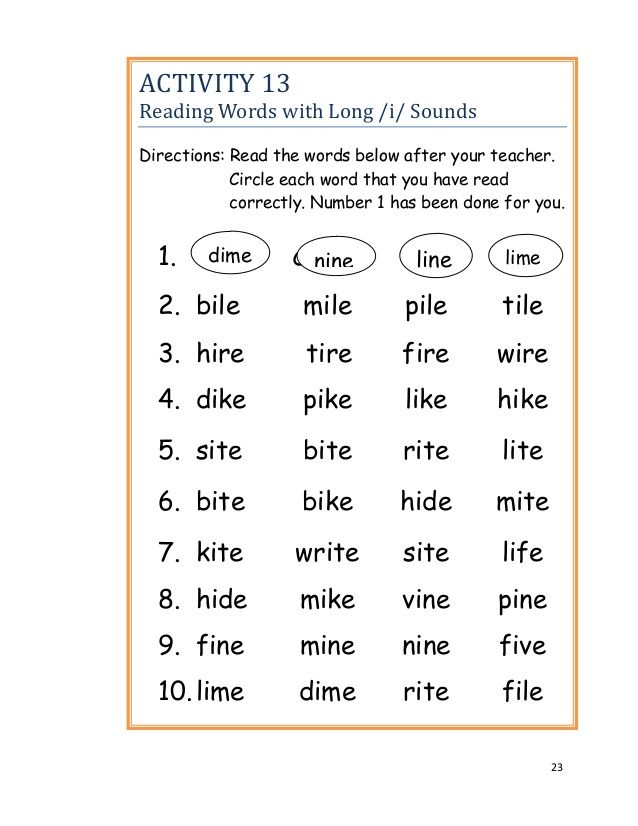 The noise may contain a musical tone (voice) produced by the vocal cords. From the degree of his presence depends on the sonority of the sound.
The noise may contain a musical tone (voice) produced by the vocal cords. From the degree of his presence depends on the sonority of the sound.
Articulation method
According to the method of articulation (formation) they differ:
-
closing or explosive
-
passageways
-
trembling
-
affricates
-
fricative or fricative
When stop consonants are formed, a complete barrier is formed, which is torn apart by the force of the air stream pushed out of the lungs:
|p – n', b – b', t – t', e – d', k – k', d – d'|.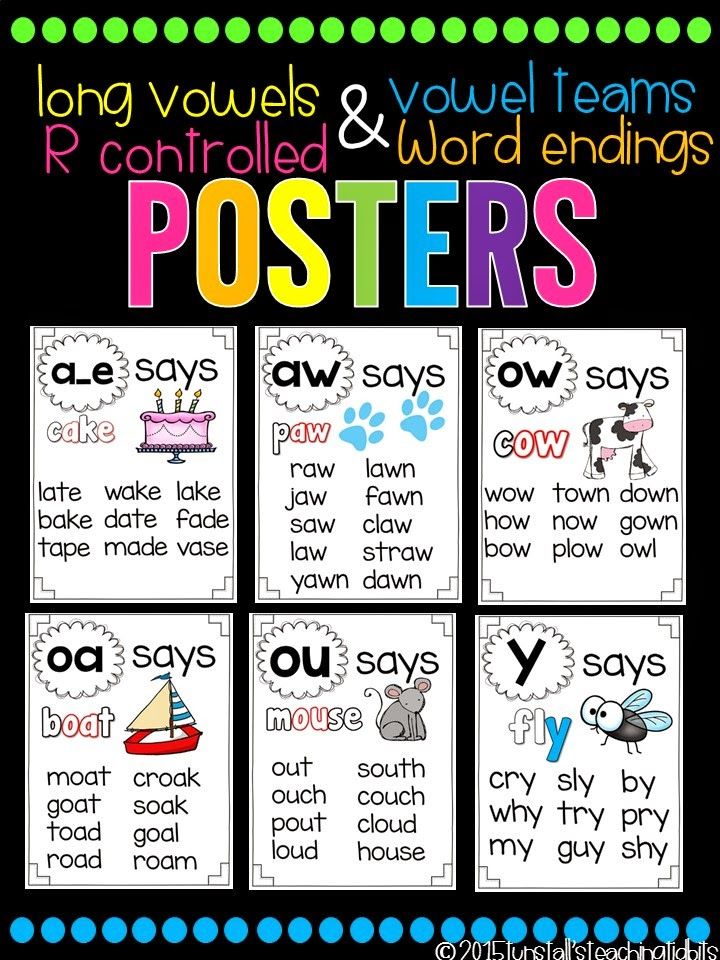
With the formation of occlusive sounds, a complete obstruction is formed in the anterior part of the oral cavity, but the completeness of this obstruction is broken by the opening of the passage either into the nasal cavity, or from the side of the tongue. In the first case, occlusive nasal sounds eg |m–m', n–n'|. In the second case, occlusive oral (or lateral) consonants are formed : |l – l'|.
Forming trembling (or vibrant) , the tongue forms and breaks the barrier several times in a row: |p - p'|.
If at the beginning of the sound a complete barrier is formed and at the end of the sound there is an incomplete barrier - a gap, then affricates arise, for example: |ц, з –з'|.
When articulating slotted (or fricative) , an incomplete obstruction is formed - a slot:
|s – s', f, x – x', d|.
Place of articulation
Place of articulation determined:
-
the name of the active speech organ (e.g. prelingual)
-
the name of the passive speech organ (eg, posterior palate) or both (eg, labial-dental).
Articulation varies:
-
labial - the lower lip is in contact with the upper one |p – n', b – b', m – m'|
-
labiodental – lower lip in contact with upper teeth |v – v', f – f'|
-
dental – front part of tongue in contact with upper incisors |m – t', e – d', n – n', l – l', c, s – s', s – s'|
-
alveolar - the anterior part of the tongue comes into contact with the alveoli or approaches them |w, h', g, p - p'|
-
prepalatal - formed by the middle part of the tongue approaching the hard palate |th|
-
posterior palatine - the back of the tongue is in contact with the soft palate |k - k', g - g', x - x'|
Participation of the vocal cords
With the formation of noise, which characterizes consonants, the vocal cords may be weakened (voice is not formed) – arise deaf consonants , or strain (a voice is formed) - voiced consonants .
Deaf: |s - w - t - k - p - f |
Voiced: |z – f – e – d – b – c|
Among voiced consonants, sonorous consonants (always voiced) are clearly distinguished: |r - l - m - n - d |. Always voiceless consonants | h - w - c - x |.
Palatalization
Palatalization is an additional rise of the middle part of the tongue to the hard palate when pronouncing some consonants. Non-palatalized (hard) consonants are pronounced without raising the middle part of the tongue to the hard palate, on the contrary, it falls slightly. If the tip of the tongue adjoins or approaches the hard palate (the tip of the tongue is sometimes hidden behind the lower incisors, for example, when pronouncing |t' - d' - l' - n' |, then palatalized or soft consonants are formed, which are more in Russian than in Czech (15 pairs).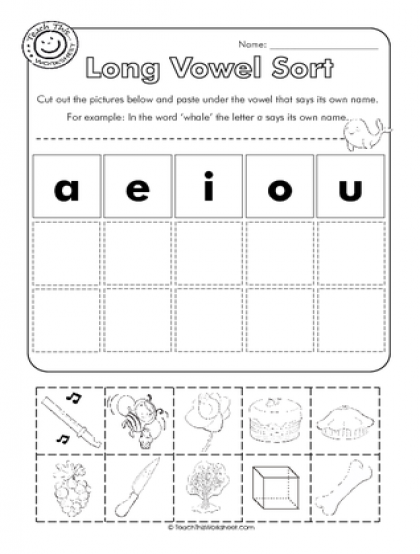 Only hard are |g - w - c |, only soft | h - w - d |.
Only hard are |g - w - c |, only soft | h - w - d |.
It is precisely the pronunciation of soft consonants (eg |l'|), which are not found in Czech, that gives Czechs the biggest problems. Further it is difficult for Czechs to pronounce Russian long soft |sch| (the tip of the tongue is lowered to the upper teeth, the lateral edges of the tongue are on the teeth, the tongue is wide, the lips are stretched into a smile).
Exercise
Exercise 3.1
Listen, repeat, watch the pronunciation |p| - |f|, |p'|- |f'|, |b| - |c|, |b'| - |v'|, |e| - |h|, |d'| - |h'|, |l| - |p|, |l'| - |p'|, |f| - |х|, |ц| - |s|
Pára - headlight, pact - fact, pass - face, port - fort, sweat - photo, function - function, drop - tile, raft - fleet, plus - flux, type - typhus, bass - you, base - váza, thigh - bucket, marriage - vraki, oak - tooth, vedý - carry, reach - catch, leads - carries, table s - old s , spoons - horns, bow - hand, ball - bar, lecturer - rector, removal - stress, lie down - speech, typhus - quiet, pathos - haos, phrase - temple, face - fox, whole - sat down, circus - cheese, color - light.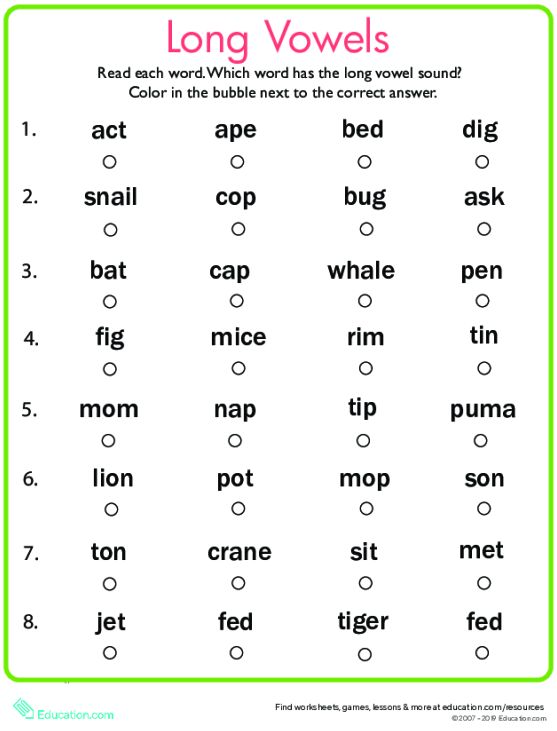
Exercise 3.2
Rewrite in transcription.
Full, concept popular, quality, qualification, communication, reference, function, publish, philosophy, biography, memoirs, introduction, ballad, accusations and .
Key
Exercise 3.3
Listen and read, pay attention to the opposition of soft consonants, hard consonants and consonants with |j|, |and| in combinations with vowels.
Pa - pya - pya, ba - bya - bya, fa - fya - fya, wa - vya - vya, ma - me - mya, po - pyo - pyo, bo - byo - byo, fu - fu - fu, you - vi - vii, we - mi - myi, papa - p i ty - p i ny, pipe - pipe i - p s bya, mass - m i co - seven i , work - child - volume, plant - calls - curl, wet - dead - bench, letter - deb u t - beat, zab s t - zab and t - sparrow and , m s lo - m and lo - seven and .
Exercise 3.4
Listen, repeat, watch the soft |l'| and solid |l|
Philology, number, whole, classification, monologue, dialogue, headline, section, logic, syllable, word, spoon, boat, l luna, vocabulary, excellent and , thought, legend, left, problem, style, model, lie, topical, only, a few, love s , l s stra, hatch, camel s d, l s zhka, pl s ska, polka.
Exercise 3.5
Listen, repeat, watch the pronunciation of |t'| - |h'| - |c|.
Thursday 4th,
Thursday quarter-hours,
Even s re black imp
Devil and black black and blue
Extremely h and one hundred.
The tale is over, and whoever listened is well done.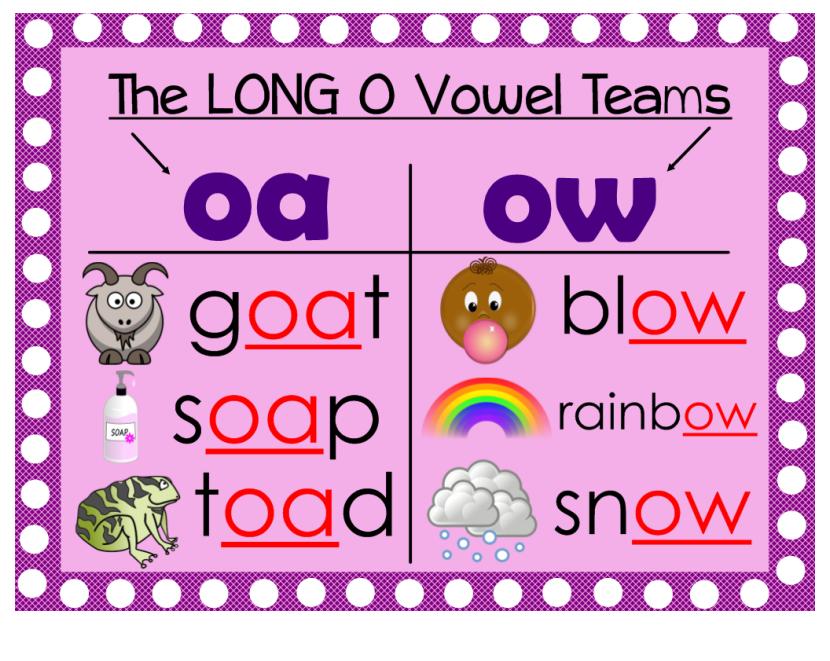
Exercise 3.6
Listen, repeat, watch the pronunciation of the combinations ssh and zsh (pronounced as a long [sh:]) and szh, zzh (pronounced as long [w:]).
Increased, in s reduced, n and lower, expanded and
Exercise 3.7
Listen, repeat, pay attention to the pronunciation of |ш|, as well as the combinations shch, zhch, sch, zch as a long soft [sh':].
Seek and , seek and te, shield, protect and ta, sleeping, generous, forgiveness, mercy, p and and on, signed and count, count, happiness, count, comb, storyteller, driver.
Literature
The lesson was prepared using the following literature:
Theoretical part
[1]Oliverius, Z. Phonetics of the Russian language. Praha: SPN, 1978. 164 p.
Praha: SPN, 1978. 164 p.
[2] Bryzgunova, E. A. Sounds and intonations of Russian speech. Moscow: Russian language, 1977. 279 p.
Practical part
[1]Barkhudarova, E.L. – Pankov, F.I. In Russian with good pronunciation. Practical course of sounding speech. Moscow: Russian language, 2008. 192 p. ISBN 978-5-88337-160-7.
[2] Odintsova, I. V. Sounds. Rhythm. Intonation. Moscow: Nauka, 2008. 368 p. ISBN 978-5-02-002762-6.
[3]Lizalova, LI Exercises in phonetics of the modern Russian language. Brno: MU, 1991. 78 p.
Pronunciation of soft consonants "y", "u" and "h"
Lesson 11: Pronunciation of soft consonants "y", "u" and "h"
The consonant "y" is pronounced under stress as a strong tense [j] or in unstressed syllables as an unstressed, weak [ṷ] and is implemented in words independently, for example: 9] at the end of a word and [ṷь] in a stressed syllable
"yo" - [jo] in a stressed syllable
"e" - [je] in the stressed syllable, [ṷi] in the first prestressed and [ṷь] in the stressed syllable
"yu" - [ju] in the stressed syllable, [ṷу] in the pre-stressed and stressed syllables
"i" - [ji] in the stressed syllable, [ṷi] in the pre-stressed and stressed (except the beginning of the word) syllables
For example:
The consonant "ch" in Russian is always soft and voiceless. It is pronounced so that the front of the tongue closes with the alveoli and the front of the hard palate, and then quickly forms a gap. The middle part of the back of the tongue is raised to the hard palate, the tip tongue slightly lowered and not in contact with the teeth. 9voṷ]
It is pronounced so that the front of the tongue closes with the alveoli and the front of the hard palate, and then quickly forms a gap. The middle part of the back of the tongue is raised to the hard palate, the tip tongue slightly lowered and not in contact with the teeth. 9voṷ]
The consonant "u" is a long soft sibilant, during the pronunciation of which the front and back of the tongue rises to a hard the sky, the whole tongue is not tense like a solid “sh” and the sound lasts twice as long as that of “sh”:
The sound [w':] is also pronounced at the place of combinations of consonants "sch", "zhch" and "zch": h'], are pronounced like [sh'h']:
Exercise
Exercise 11.1
Listen, Read and rewrite in transcriptions
I trouble, I mA, tree, zchit, yu Zhny, yu y mor, m.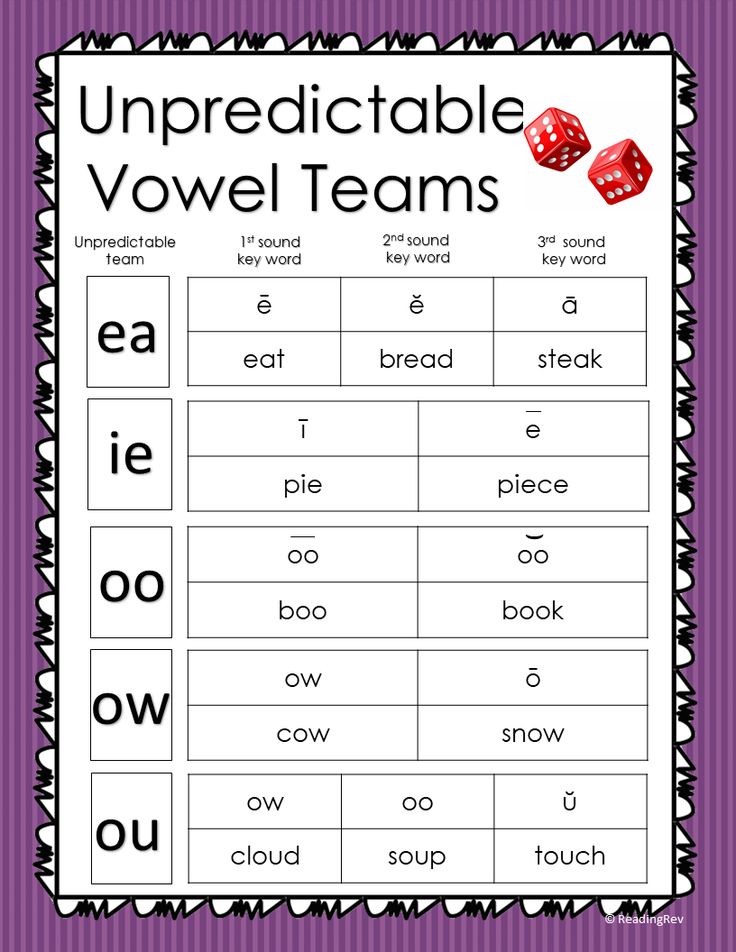 I k, ka yu ta, congress, hare, monkey i on, sunday, sun i kaya, at night, blizzard, subject, red, summer, mo and 90,008, school and , task, hour s , mail, point, very, yesterday, h and unregistered, counted and , happy and out, unhappy, settlement, loaders, customers, borscht, cabbage soup, raincoat, hostel and square, brush, seek, I box, protect and that, calculated and wash, without feeling, from part, male and us.
I k, ka yu ta, congress, hare, monkey i on, sunday, sun i kaya, at night, blizzard, subject, red, summer, mo and 90,008, school and , task, hour s , mail, point, very, yesterday, h and unregistered, counted and , happy and out, unhappy, settlement, loaders, customers, borscht, cabbage soup, raincoat, hostel and square, brush, seek, I box, protect and that, calculated and wash, without feeling, from part, male and us.
Key
Exercise 11.2
Read, pronounce the sounds [sh] and [sh':] correctly
rosehip - pluck, shipá - chips, write - food, zash and ta - protect and ta, decorate - tame, shield - shield, silk - lye, mix - shift, shock - cheeks, last - forgive
Exercise 11.
